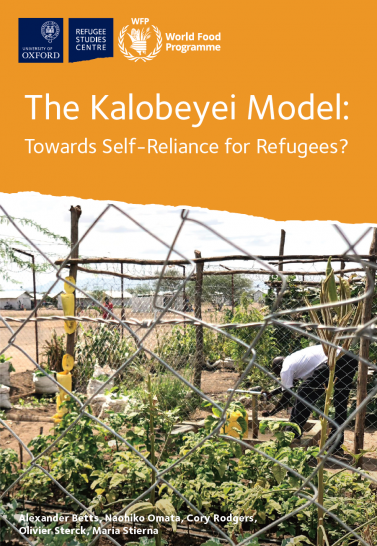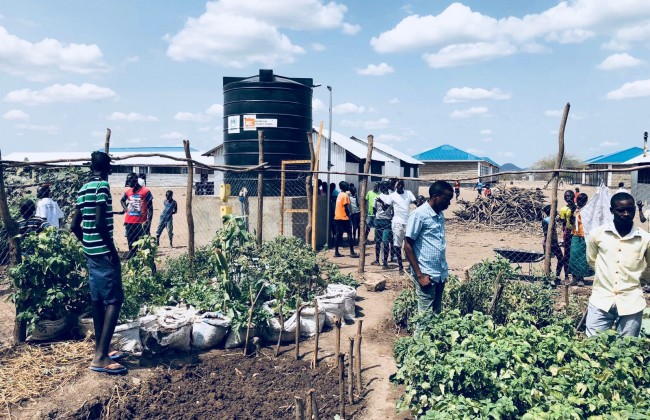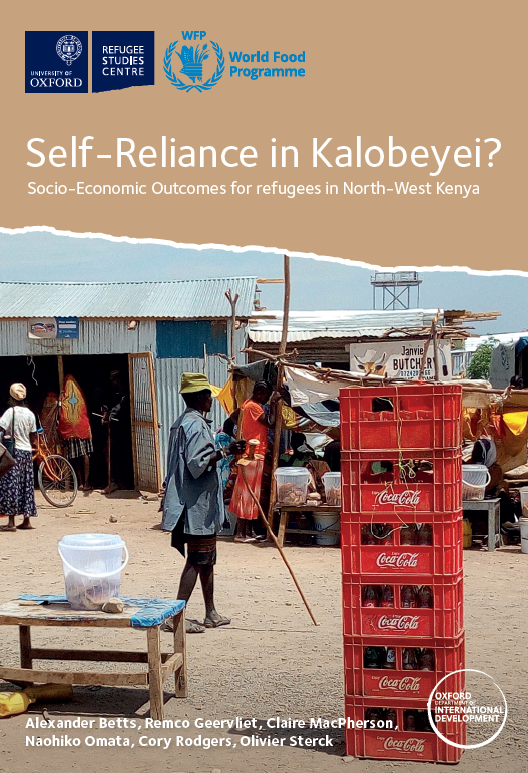The report outlines a conceptual model and indicators for measuring refugee self-reliance and applies it to the Kalobeyei settlement and Kakuma refugee camps context.
The Kalobeyei settlement was opened in Turkana County, Kenya in 2016 with the intention of promoting the self-reliance of refugees and the host population, by offering integrated, market-based opportunities to both. Its development is now guided by the Kalobeyei Integrated Social and Economic Development Programme (KISEDP), which is led by the Government of Kenya (GoK), the Turkana County Government, UNHCR, and partners. Unlike the nearby Kakuma camp, the Kalobeyei settlement offers cash-based interventions to meet housing, nutritional and other material needs, specific training to support the entrepreneurial potential of refugees and hosts, and agricultural projects to promote dryland farming and household ‘kitchen gardens’. This report is based upon the midline findings of a three-year study following newly arrived refugees integrated into the new Kalobeyei settlement and the old Kakuma refugee camp since 2016.
The study follows newly arrived South Sudanese refugees in both Kalobeyei and Kakuma in order to compare outcomes overtime, and identify what difference the Kalobeyei settlement makes in comparison to the Kakuma Model. Newly arrived Ethiopian and Burundian refugees were also studied within Kalobeyei. The study aims to create baseline indicators for monitoring refugees’ self-reliance and socio-economic conditions in Kalobeyei; to assess changes of time in those indicators; and to compare the trajectory of change with a comparable cohort of recently arrived refugees in Kakuma.





